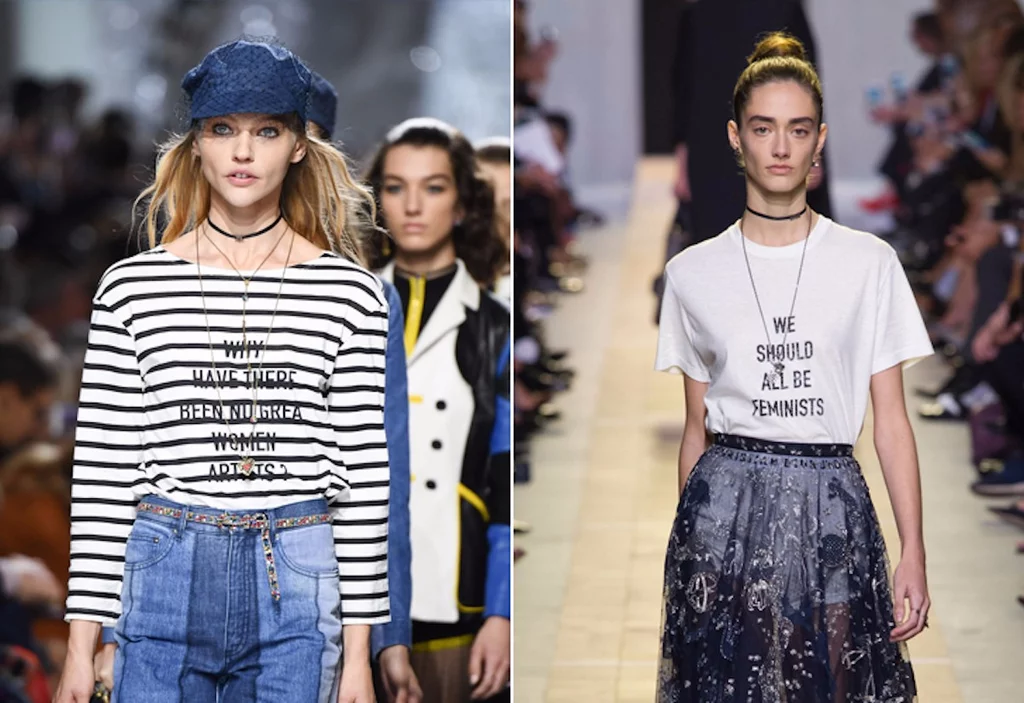
“If we speak to each other as men have spoken for centuries, as they taught us to speak, we will fail each other” - Luce Irigaray
Gender issues underlie the world's cultural code and life in various fields: economics, politics, society as a whole.
In today's realities, we are asking more and more questions: Who am I? What can I do as a woman or a man?
The issue of self-determination is no less important to us than are everyday affairs and world upheavals. We see more and more women and men who are confused by the feminist agenda. We observe day by day the crumbling of centuries-old stereotypes and behavioral norms. Before our eyes, the chasm between worlds is opening up: in some countries and cultures, a woman remains absolutely powerless, while in others, the weaker sex is given the opportunity to take a step forward, sometimes surpassing men in career and creativity.
 In an interview with Forbes Woman, Professor Azzura Rinaldi, head of the School of Gender Economics at the Sapienza University of Rome, shared her perspective: "The rise of feminist economics in recent years will also benefit men. Because, although to a lesser extent, patriarchal principles also harm them, often forcing them to behave in ways they would not really like to. The feminist lens normalizes emotion, impermanence, and conversations about ethics."
In an interview with Forbes Woman, Professor Azzura Rinaldi, head of the School of Gender Economics at the Sapienza University of Rome, shared her perspective: "The rise of feminist economics in recent years will also benefit men. Because, although to a lesser extent, patriarchal principles also harm them, often forcing them to behave in ways they would not really like to. The feminist lens normalizes emotion, impermanence, and conversations about ethics."
In another interview with Forbes Woman, Russian sociologist Anna Tyomkina expressed her observations on gender equality: "Today's young people are already building their lives differently, like a project, they are negotiating. They are more or less attuned to gender equality. Nevertheless, inequalities tend to persist and reproduce".
In recent years, we have seen a trend towards the creation of women's clubs and an expressed desire to join "corporate feminism". Women are constantly working together, creating women's associations. As for art and show business, there is an open revolution. Influential actresses from Meryl Streep to Jennifer Lawrence are demanding full equality of their salaries with those of men. Films about emancipated heroines break box office records. Museums are exhibiting and acquiring female artists' work, and art theorists and the press are talking about and acknowledging the "female gaze" in unison.
What is going on? Let's try to find out.
In 1971, art critic Linda Nochlin published a provocative essay, "Why Have There Been No Great Women Artists?”. The same message, but already in 2017, the world saw it on a Dior brand striped shirt. Nochlin made it clear that nothing was conducive: there was no education system for women, their social role was limited, there was a dismissive attitude toward women's creativity. Until the end of the 19th century, women were not allowed to pose nude. And even if women proved to be miracles in the art world, it was almost impossible for them to be on the same level as recognized male artists. In recent years, the media has increasingly focused on women who have been "erased from art history.

In fact, feminism in art has been around since the 1960s. There are 5 works by artists who defined their time.
The first is "The Semiotics of the Kitchen" by Martha Rosler, 1975. Martha showed what happens to women who are confined to the role of housewife. In her video work, she parodies the hosts of cooking shows — ideal women with beautiful hairs in starched aprons. "Semiotics of the Kitchen" is not about denying the role of housewife, but about the impossibility …